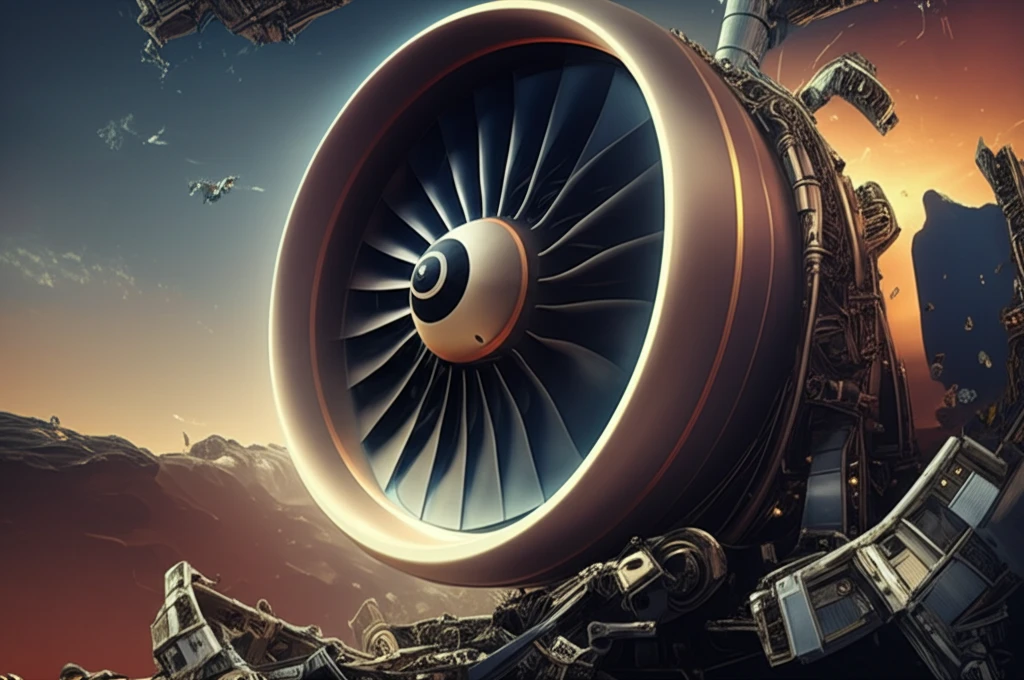
Jet Engine Stall and Surge: Understanding the Danger and Staying Safe
"A deep dive into what causes jet engine stall and surge, how pilots and engineers combat these risks, and what it means for air travel safety."
Modern jet engines are marvels of engineering, so reliable that many pilots complete their careers without experiencing a major engine failure. For passengers, mechanical issues are often limited to minor delays on the ground. However, when an engine does fail—especially due to stall or surge—the experience can be unforgettable.
Imagine a jet taking off, smoothly accelerating down the runway. Suddenly, a loud boom rocks the aircraft, and flames erupt from one of the engines. This isn't a movie scene; it's the reality of an engine surge, a frightening event that highlights the intense forces at play within a jet engine.
While engine failures are rare, understanding the causes and preventions of stall and surge is crucial for everyone involved in air travel, from engineers to passengers. Let's explore the intricacies of these phenomena, the innovative solutions being developed, and the future of jet engine safety.
What are Stall and Surge?

Stall and surge are disturbances in the airflow within a jet engine's axial compressor. The axial compressor is responsible for compressing air before it enters the combustion chamber. These disruptions can lead to a breakdown of the orderly flow of air needed for proper engine function.
- Stall: A localized disruption of airflow within the compressor, similar to a traffic jam on a highway.
- Surge: A more severe condition where the entire airflow through the compressor reverses, causing a dramatic and potentially damaging event.
The Future of Engine Safety
While stall and surge remain potential hazards, ongoing research and technological advancements are continuously improving engine reliability and safety. From advanced control systems to innovative blade designs, engineers are dedicated to minimizing the risk of engine failure, ensuring safer skies for all.
